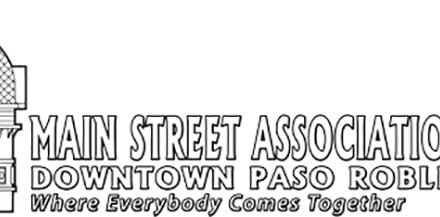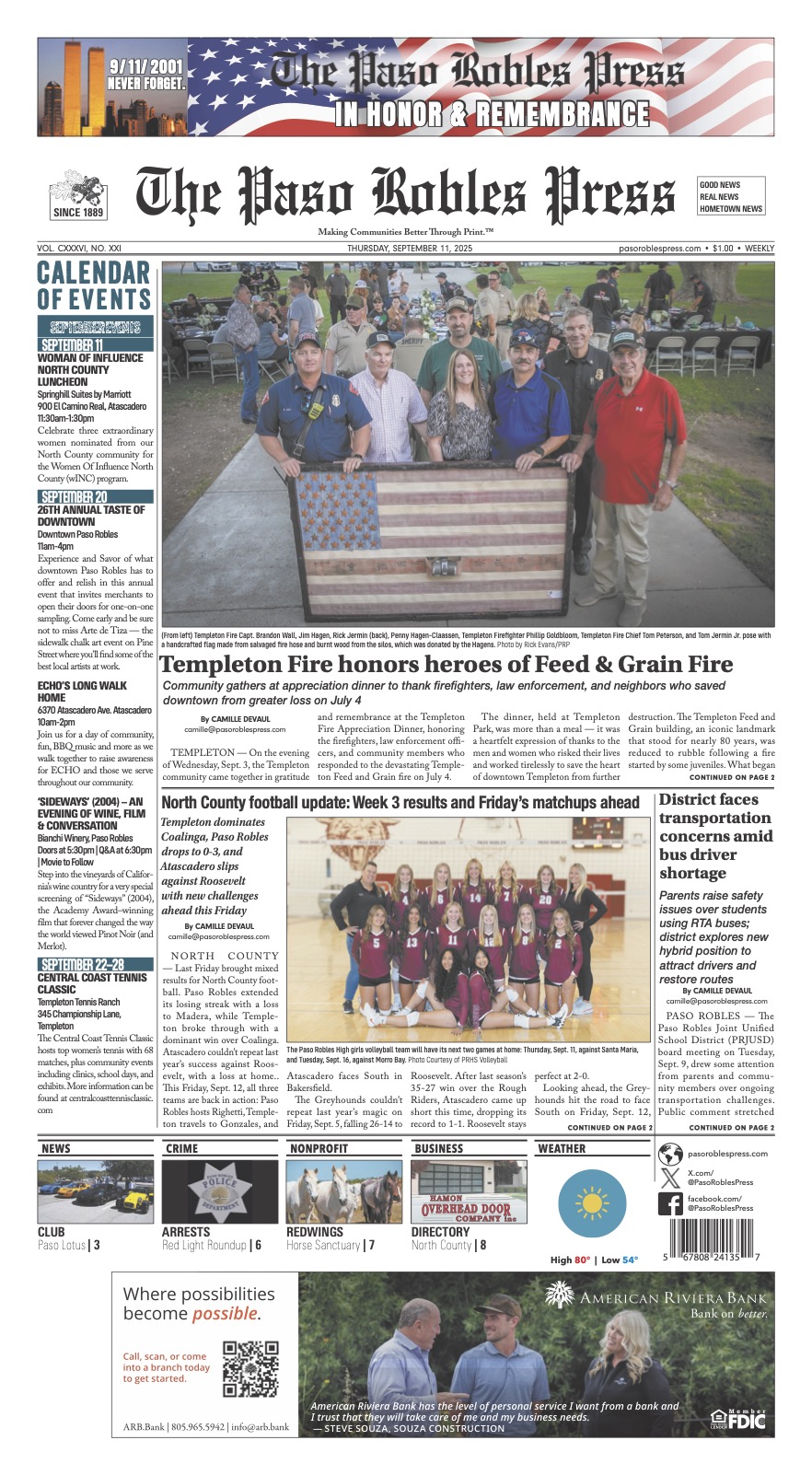Old Roads
Well before the advent of the railroad in 1886, rough roads crisscrossed the North SLO County as the pioneers arrived and settled. One major thoroughfare ran westward from the Estrella Plains to the Nacimiento ranchland. The road came to San Miguel on the southern end of town from what is now North River Road. It wound down the bluff to the river, across an “Arizona crossing,” then up to and continuing past the Mission. It was likely the road to Mission San Antonio and a much more direct route than today.
Stagecoaches, the main source of public transportation, and mail riders traveled north and south between San Luis Obispo and Monterey. And as the state grew, need for a highway system was increasing. According to Nathan Masters’ 2013 article “How El Camino Real, California’s ‘Royal Road,’ was Invented,” Highway 101 was one of the first of several long-distance highways through the state.
In spite of being also referred to as “The King’s Highway,” it does not follow the route which originally connected the 21 California missions from San Diego to Sonoma. Construction of the highway was authorized in 1910; however, it was not completed until mid-1920 and was designated Highway 101 by the state legislature in 1925. It ran through cities and towns, often as the main street.
Built in 1915, the highway from Paso Robles to San Miguel followed along the river. In early accounts, after passing the Caledonia Adobe, it curved to run behind the mission and likely connected with the old road leading west. We have not found specific information about when that highway was re-routed to the front of the mission but by the 1940s it ran straight through town parallel to the railroad.
In 1930 the state decided to rebuild the highway right through the Caledonia Adobe which had been purchased in 1923 by Charles F. Dorries. He had cleaned and restored the dilapidated building, opened a real estate office, created a historical museum, and planted a large orchard. Dorries and others in San Miguel successfully fought off the challenge and the new, two-lane road was re-routed to the west side of the buildings. Then, in the
early 1950s, to build the four-lane highway we have today, the state once again demanded land from the Caledonia, reducing the acreage but sparing the buildings.
As the highway bypassed the town, the old adobe buildings were abandoned to decay but restored by San Luis Obispo County as a park in the 1960s. Today, a piece of the 1915 cement highway is still in place in front of the historic building where the Friends of the Adobes maintain the Rios-Caledonia Museum.













